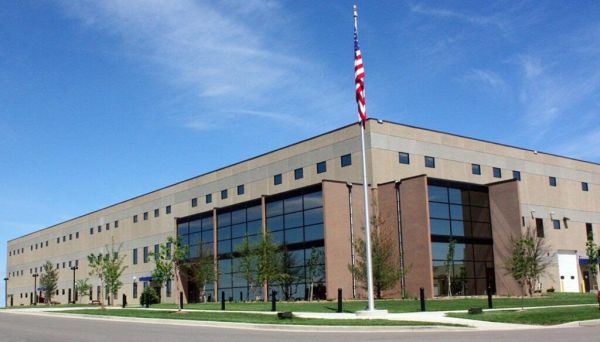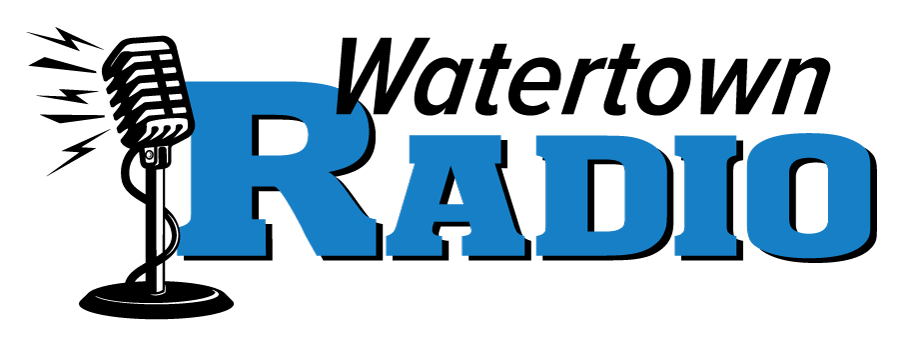Brookings-based Dakotronics reports $13 million second quarter loss

December 13, 2022
BROOKINGS, S.D.–Brookings-based manufacturer Daktronics lost $13 million in the second quarter of its fiscal year, the company revealed Monday in a delayed earnings report.
Makenzie Huber with South Dakota Searchlight (southdakotasearchlight.com) says the company blamed supply chain problems and higher costs for materials, labor and freight. The company said it aggressively secured inventory to address supply chain volatility, and that approach consumed cash.
“These times have stressed our liquidity beyond levels that we have ever seen, and our financial resources have not been sufficiently flexible,” President and CEO Reece Kurtenbach said in a news release. “Our immediate priority is to restore our balance sheet to historical levels of liquidity. We are pursuing avenues to strengthen our financing flexibility by adding liquidity and diversifying our funding sources.”
The earnings report included net sales of $187 million during the quarter. The report was delayed last week due to “substantial doubt” about the company’s ability to continue, and the discovery of a “material weakness relating to the lack of adequate and appropriate financial reporting.” That information sent Daktronics stocks plummeting by 39% last week to as low as $1.46 per share.
As of Monday, the company’s stock rose as high as $2.48, which was still about a dollar lower than before the company delayed its earnings report.
Daktronics is one of South Dakota’s best-known success stories and is an anchor business for the community of Brookings. Since its founding 54 years ago in a garage by two engineering professors at South Dakota State University, the company has become a leading manufacturer of scoreboards, LED screens and other displays across the country, including professional sports teams. Daktronics became a publicly traded company in 1994.
Daktronics’ footprint includes about 2,500 employees worldwide, with more than half of those in South Dakota.
During a conference call with investors on Monday, Kurtenbach said the company “understands the concern” caused by last week’s postponement of the earnings report.
Leadership explained to investors Monday that the company has a historic high of $463 million worth of “necessary backlog buildup” due to the pandemic and supply chain problems.
In response to that situation, the company amended its credit terms. The company subsequently concluded during the preparation of its quarterly financials that, according to accounting principles, the new credit arrangement raised substantial doubts about the company’s ability to continue. That accounted for last week’s postponement of the earnings report.
“The company continues to evaluate its disclosure controls and procedures and internal controls over financial reporting,” Daktronics said Monday in a news release.
Kurtenbach elaborated on supply chain problems in the Monday conference call, adding that the economic downturn due to the pandemic and “sudden rebound” in activity stressed liquidity without flexible financial resources to deal with the demand.
Kurtenbach said the company didn’t increase the sales prices for customers at the time and took on additional costs to fulfill projects by their deadlines.
“We achieved sales increases even though our capacity was constrained due to significant and unusual part shortages, a challenging labor environment, operating disruptions from COVID-19 related absences, and the first quarter COVID-19 mandated shutdown of our Shanghai production facilities,” Kurtenbach said.
Daktronics leadership said they increased prices for customers in late 2021 and throughout this year to address the increased cost of sales, and they expect to see those increased prices affect the financial performance throughout the next year.
To improve cash flow and enhance its liquidity, the company’s plan of action includes normalizing inventory levels as supply chain disruptions ease. Daktronics expects inventory levels to peak in the third quarter and return to normal as the order backlog is filled and purchases are reduced.
The company also plans to implement supply chain resiliency measures, improve its operating margin through price increases, and invest in factory capacity expansion and equipment. Only “critical production and service personnel” will be hired in that timeframe to increase output.
“As supply chains continue to ease, we are further conserving cash by reducing inventory purchases and lowering inventory levels,” Kurtenbach said. “We are prudently managing operating costs. We will continue to actively monitor market and supply conditions, adjusting pricing and operations accordingly.”




